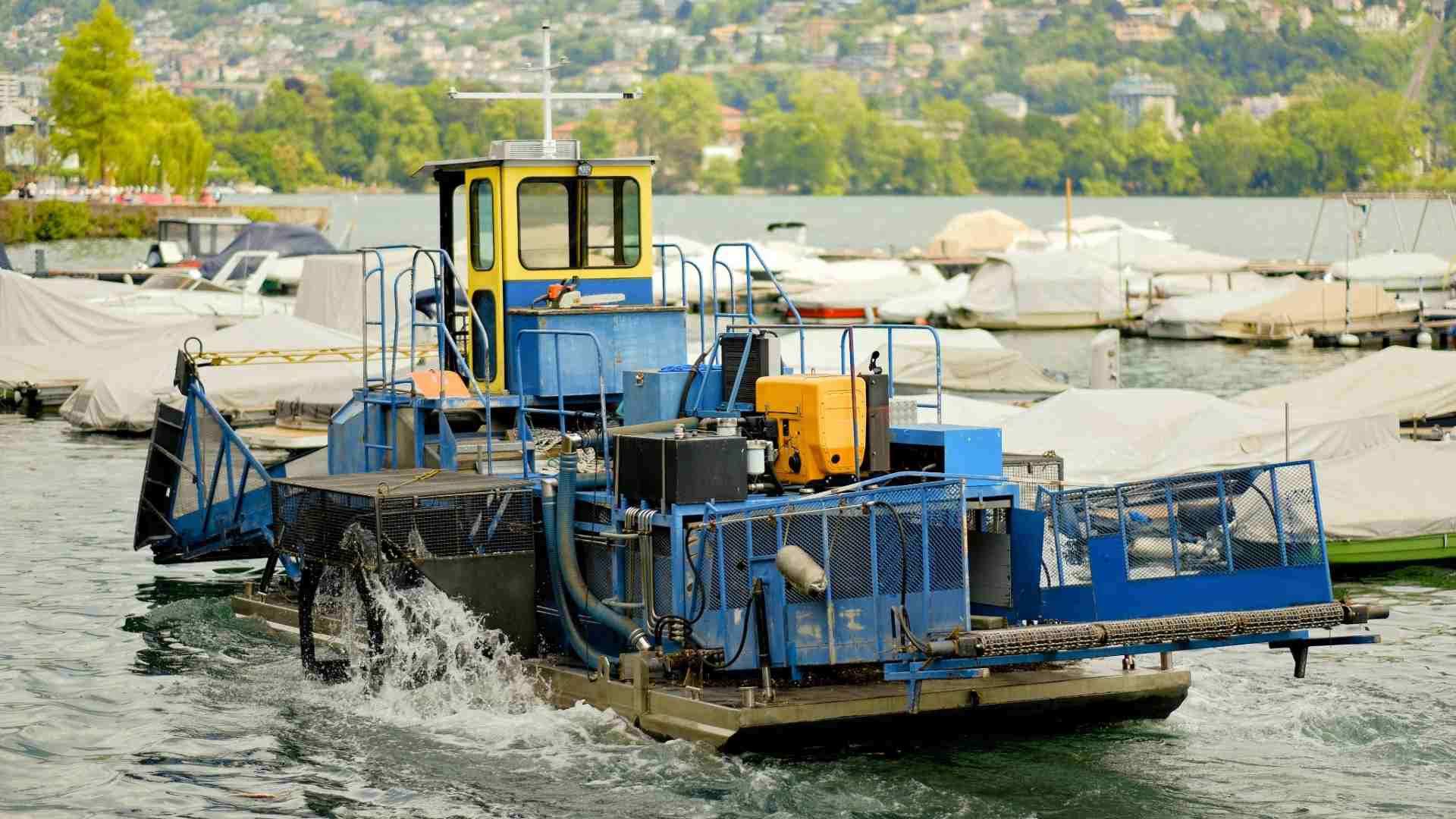Introduction
Regular maintenance dredging is a critical but often overlooked aspect of maritime infrastructure that ensures safety, reliability, and continuity of service for coastal and island communities. A recent example of this vital work is the completion of the latest maintenance dredging campaign at the Cullen Bay Ferry Facility in the Northern Territory, Australia. This project was designed to maintain all-tide access for ferries traveling between Darwin, Mandorah, the Tiwi Islands, and surrounding communities.
By removing accumulated sediment from the Cullen Bay ferry basin and access channel, and relocating it to a designated deepwater site offshore from Emery Point, the dredging campaign has restored safe and efficient ferry operations in the region. The success of the project highlights the importance of consistent, collaborative, and environmentally responsible dredging practices.
What Is Maintenance Dredging?
Maintenance dredging refers to the regular removal of silt, sand, and other sediment that naturally accumulates in harbors, channels, and waterways. Over time, these materials can reduce water depth, making navigation difficult or dangerous—especially during low tides. Dredging ensures that channels remain deep and wide enough for vessels to travel safely, maintaining critical transportation links and protecting marine infrastructure.
Unlike capital dredging, which involves creating new navigation channels or berths, maintenance dredging focuses on preserving existing waterway dimensions and operational reliability. It is particularly important in tidal regions where sediment deposition can occur rapidly.
The Role of Cullen Bay Ferry Facility
The Cullen Bay Ferry Terminal serves as a vital transport hub, connecting Darwin with Mandorah and the Tiwi Islands. These ferry services provide essential access for residents, tourists, healthcare workers, students, and freight, strengthening economic and cultural ties between the mainland and remote island communities.
With regular tidal fluctuations and natural sediment buildup, it is essential that the access channel and ferry basin are periodically dredged to maintain navigability. If neglected, shallow waters could lead to ferry delays, cancellations, or even vessel grounding—severely disrupting the lives and businesses that rely on this maritime link.
Overview of the 2025 Dredging Campaign
The most recent maintenance dredging campaign at Cullen Bay was a multi-agency effort aimed at ensuring reliable, all-tide access for ferry operations. The project included:
- Dredging of the Cullen Bay ferry basin and access channel to remove built-up sediments.
- Relocation of dredged silts to a designated offshore site, specifically deep water west of Emery Point, in accordance with environmental regulations.
- Coordination between key partners, including SeaLink (ferry operator), the Northern Territory Department of Infrastructure, Planning and Logistics, SMC Marine, Maritime Constructions, and Cullen Bay Marina.
By working together, these organizations ensured minimal disruption to ferry schedules and local marine activities during the dredging operations.
Environmental and Operational Considerations
One of the major considerations during any dredging activity is its potential impact on the marine environment. The Cullen Bay campaign was carefully planned and executed to minimize ecological disturbance. Sediment was safely relocated to deep water offshore from Emery Point, a site selected based on environmental guidelines and sediment dispersion studies.
Environmental monitoring during and after dredging ensured compliance with marine protection standards. Marine fauna, water quality, and benthic habitats were monitored closely, demonstrating a commitment to sustainability alongside infrastructure maintenance.
Operationally, the campaign was also successful in ensuring uninterrupted ferry service during the dredging period. Dredging was scheduled during low-traffic periods and coordinated around ferry movements to maintain passenger safety and travel convenience.
Why Regular Maintenance Dredging Matters
Without regular dredging, marine infrastructure such as ferry terminals, ports, and marinas can become increasingly difficult to access. In regions like the Northern Territory—where many communities depend on marine transport—maintenance dredging is essential to ensuring connectivity and resilience.
Some key benefits of maintenance dredging include:
- All-tide vessel access, reducing the risk of delays or grounding
- Improved safety for passengers and ferry crews
- Enhanced economic reliability for freight and tourism sectors
- Protection of infrastructure investments such as piers, pontoons, and channels
- Support for community well-being by maintaining essential transport services
In coastal environments, where sediment transport is a natural and ongoing process, maintenance dredging ensures that human activity can coexist with the forces of nature without compromising safety or access.
A Model for Future Dredging Projects
The recent Cullen Bay campaign serves as a model for how well-planned, collaborative dredging efforts can deliver positive outcomes for infrastructure, communities, and the environment. The coordinated involvement of government, private contractors, and ferry operators showcases how diverse stakeholders can come together to maintain critical public services.
Looking ahead, the lessons learned from this successful maintenance dredging campaign can be applied to future efforts across Australia’s coastal regions, particularly as climate change and rising sea levels increase the urgency of proactive maritime infrastructure maintenance.
Conclusion
The completion of the Cullen Bay maintenance dredging project reaffirms the importance of regular dredging in supporting vital transport links to island and coastal communities. By ensuring safe and all-tide access to Mandorah and the Tiwi Islands, this effort has preserved more than just ferry routes—it has protected lifelines for people, businesses, and essential services.
As sediment continues to accumulate naturally over time, continued investment in maintenance dredging will remain a key strategy for safeguarding maritime access and regional resilience across the Northern Territory and beyond.
